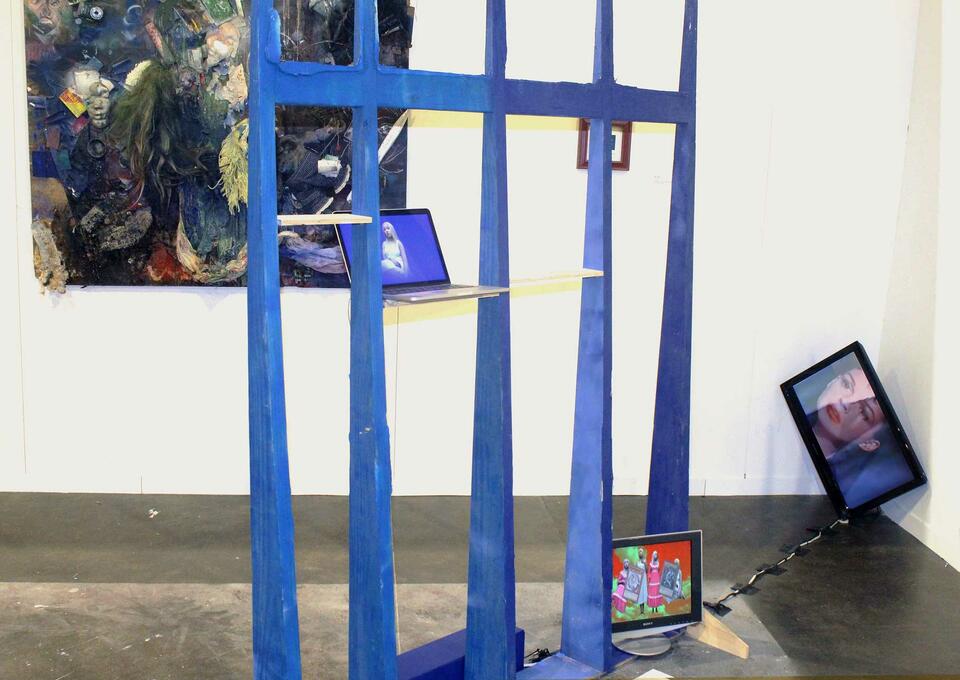Vir Joseph Naidu
technocene
Vir Joseph Naidu is a multidisciplinary, human-centric, industrial designer. He is passionate about pursuing projects that explore the synergy of form and technology, giving rise to solutions that go beyond the present by anticipating the challenges and opportunities of the future.
Technocene endeavors to reimagine the human experience by probing the boundaries of possibility, wherein all beings are equipped with an extension of the human body (chimera) that serves as a modality of communication. Using wearable soft robotics, fosters connection and communication by translating emotions into tangible outputs. Challenging conventional notions of self-presentation, it catalyzes introspection and extrospection. These robotic augmentations mimic biological responses, creating a shared language and visible expressions of our inner states. By embodying emotions externally, Technocene explores how this impacts human connections. Creating a sense of dynamism and collectivism that transcends isolation by fostering intrinsic links among peopl
Image
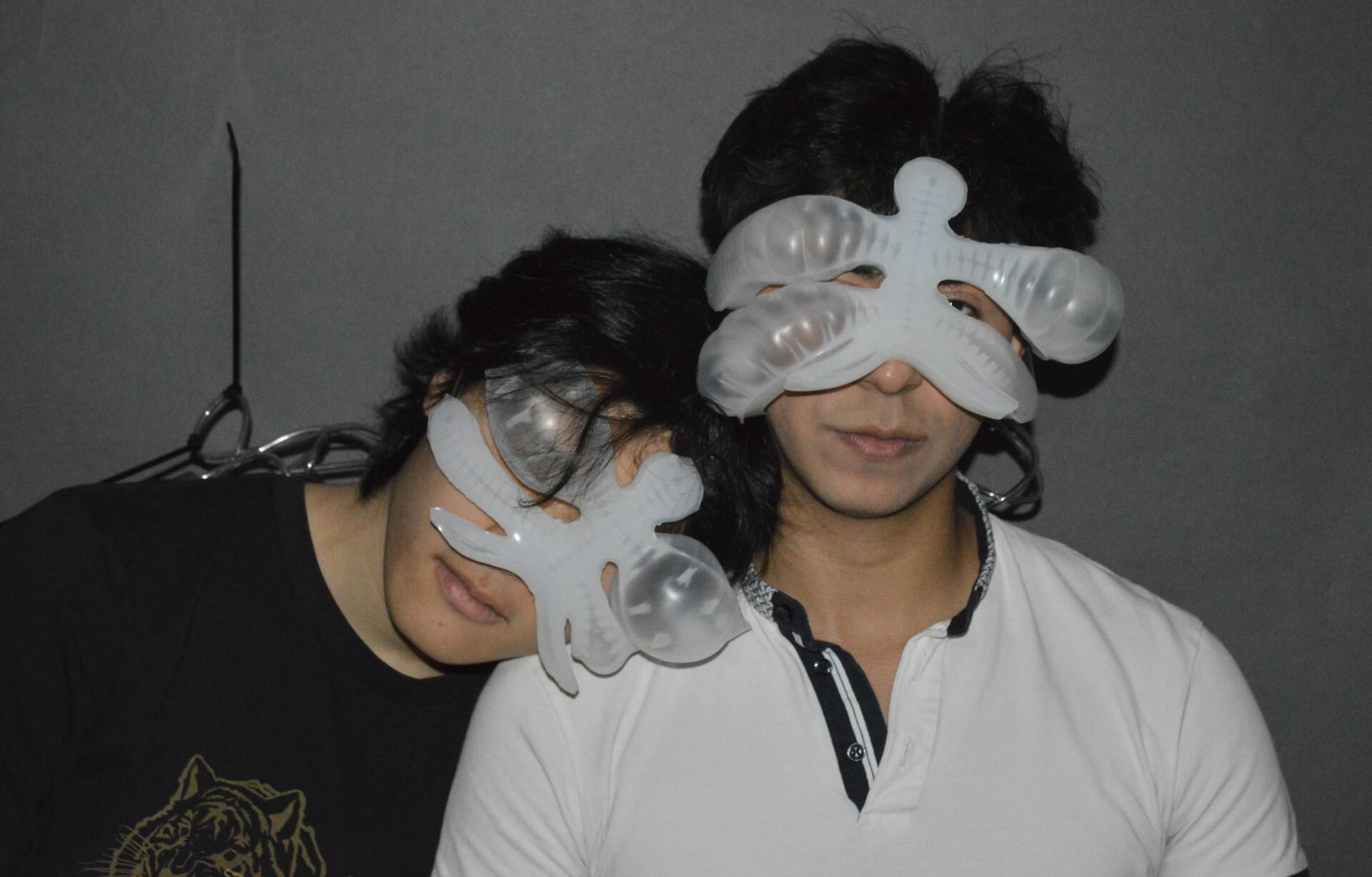
It comments on the curtailing of human-to-human connection, and the lack of vulnerability within our current context - a state guided by social media and the digital sphere. It proposes a landscape where we let go of self-preservation and adopt co-regulatory practices. Chimera is designed to see human behavior and the ability to move beyond themselves. Would we be more likely to engage with individuals who are experiencing a certain emotion - when it is at the forefront of our perception? Conversely, how can this hyper-vulnerability change our relationship with ourselves, and possibly our core community?
Image
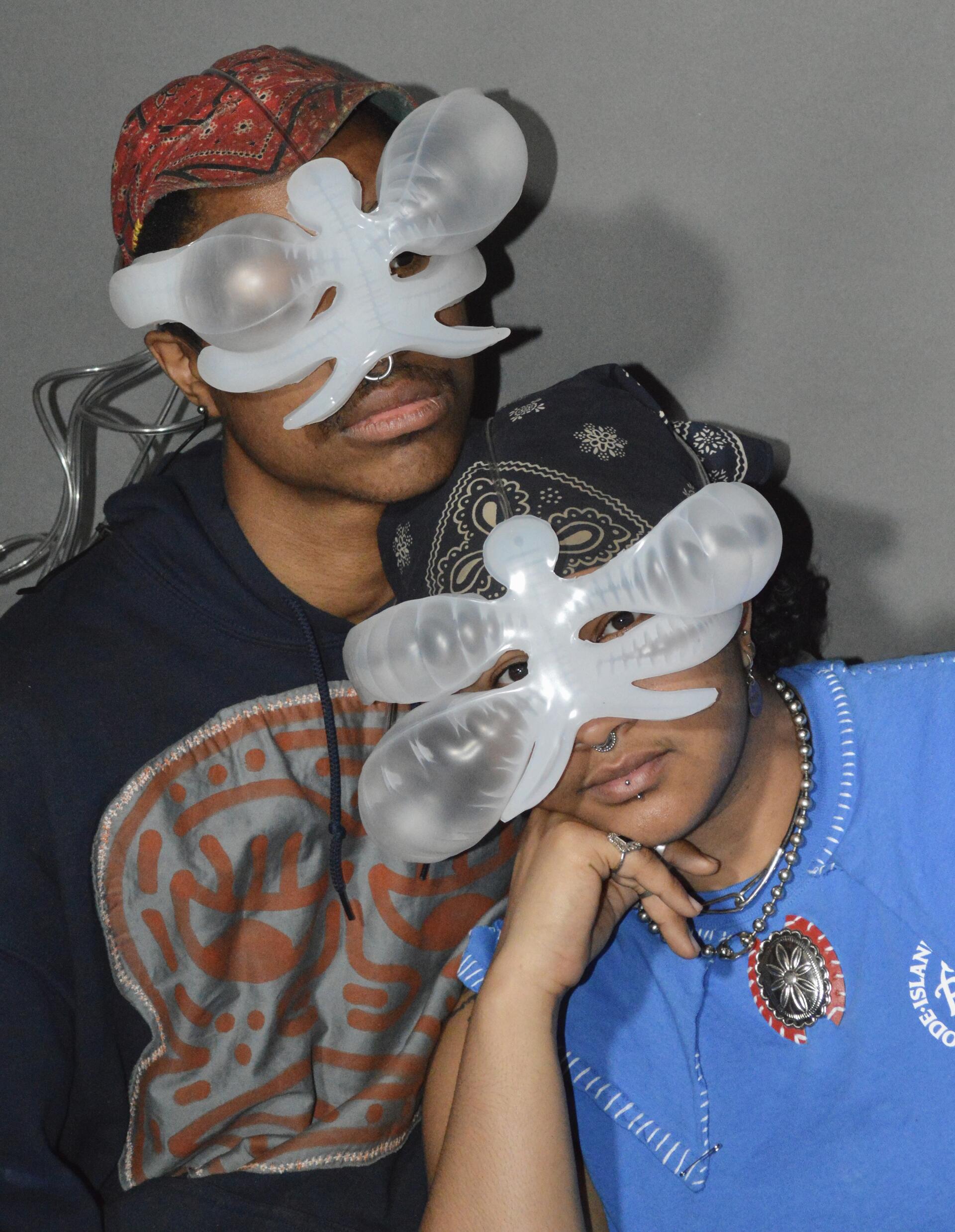
Feelings are something we all have in common, despite the systemic and psychological barriers that may exist among us. Emotion and empathy are uniting, creating a common congregation space for us to just be; free from the variations among us. We are leading into our current context experiencing a decline in empathy. Chimera helps you tune into other’s emotional frequencies, by bearing emotion outwards - moving away from isolation. It creates an explicit showcase of one's internalized being and provides an opportunity to engage, even if systemically we have reached our saturation point. It creates a situation in which expression cannot be ignored, providing the viewer the ability to practice and engage their empathy. Technocene and chimera do not promise to create empathy, but rather act as a tool to create behavioural change in a world with declining empathy
Image
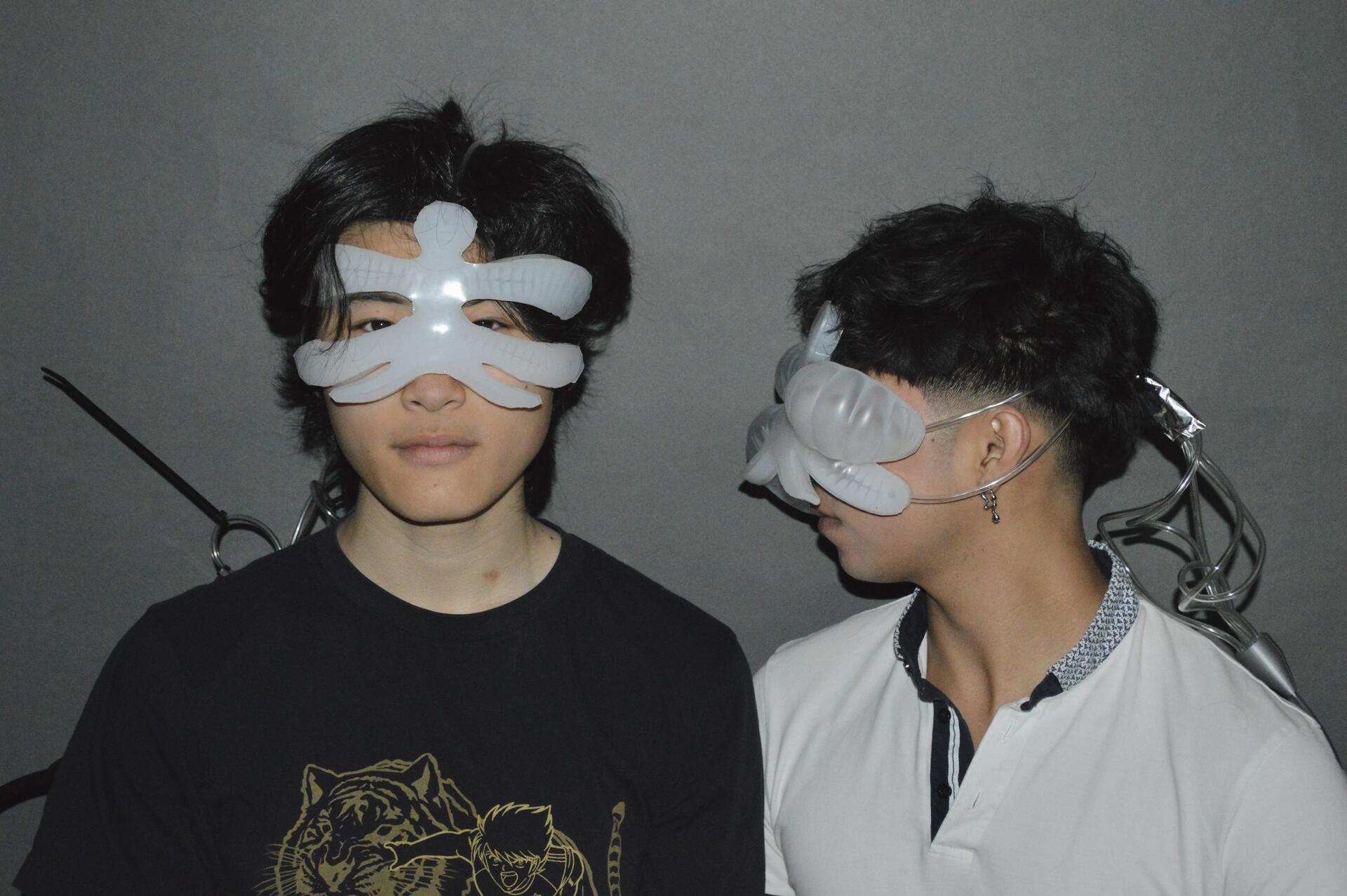
A bird and its hackles, a puffer fish and its spines, a dog and its tail - animals possess bio-responses that communicate their internal state. It is something overt, visual, and cutting. Even without a stream of language between us and other organisms, we can decode their vernacular.
Bio-responses are learned or innate responses to stimuli as a means of protection or reproduction. Human beings have similar responses but are more covert in nature. Our expression changes, we begin to sweat, our skin gets goosebumps, our hands tremble, the blood thumps in our veins, and we get short of breath.
With chimera, I am creating an overt biomorphic response to human emotion, as a means to create a stimulus to attract attention. It is an external emotional muscle that can grow, strengthen, and adapt to you.
Image
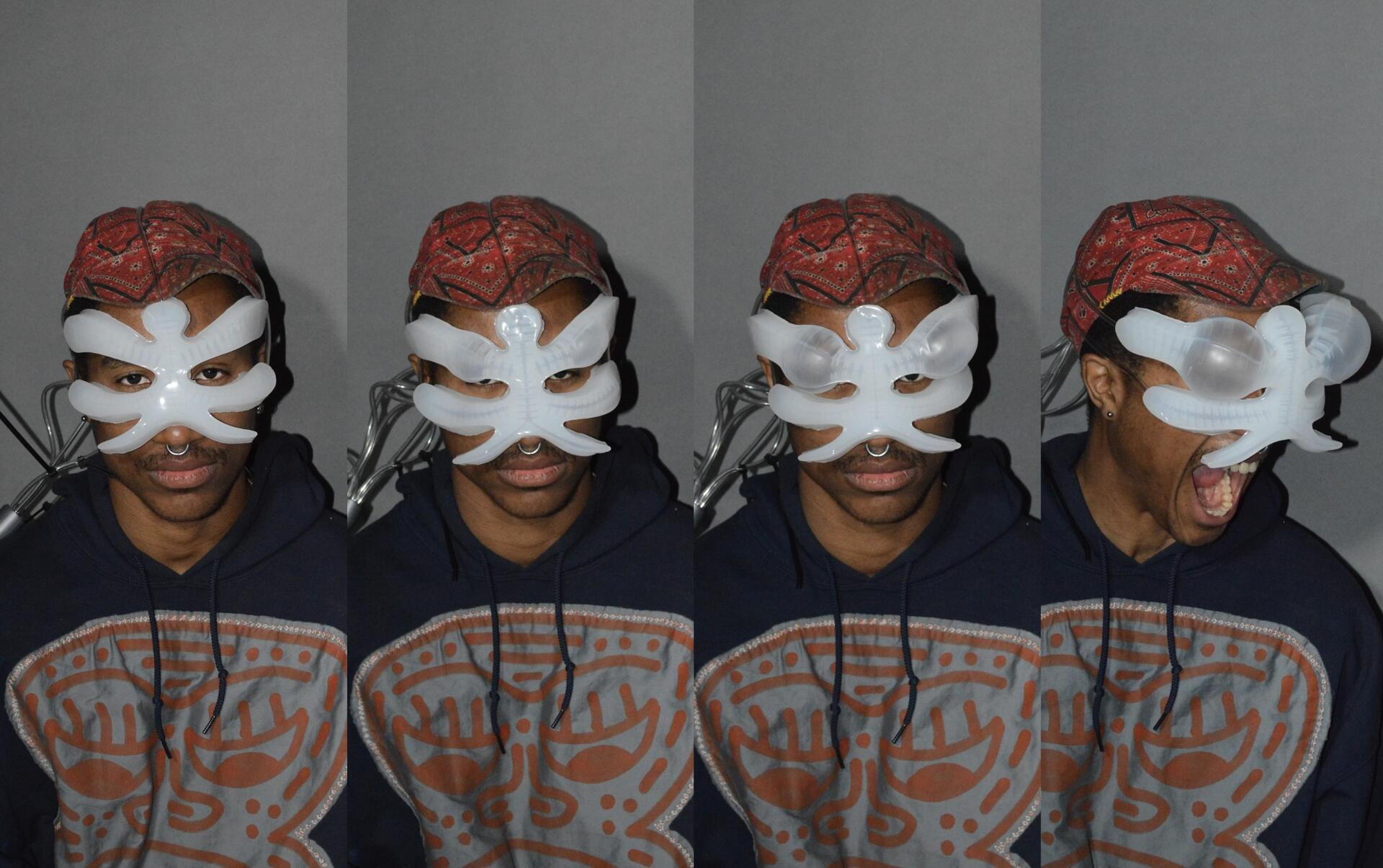
The face. It is the gateway to a person - the first thing you notice - the first thing you remember - and the first thing you realize. The face is incredibly unique, despite all beings having the same features, eyes, nose, and mouth; there’s so much variation among us. We are a culmination of genetics passed down to us, which decides how people perceive us on an initial level. The face tells us so much about where we are from, who our parents are, and what our disposition is.
I am choosing to work with the face because it is the first thing you notice about someone, it’s your first impression. We "encode" messages in our facial expressions, and we simultaneously "decode" the faces of the people around us.
Image
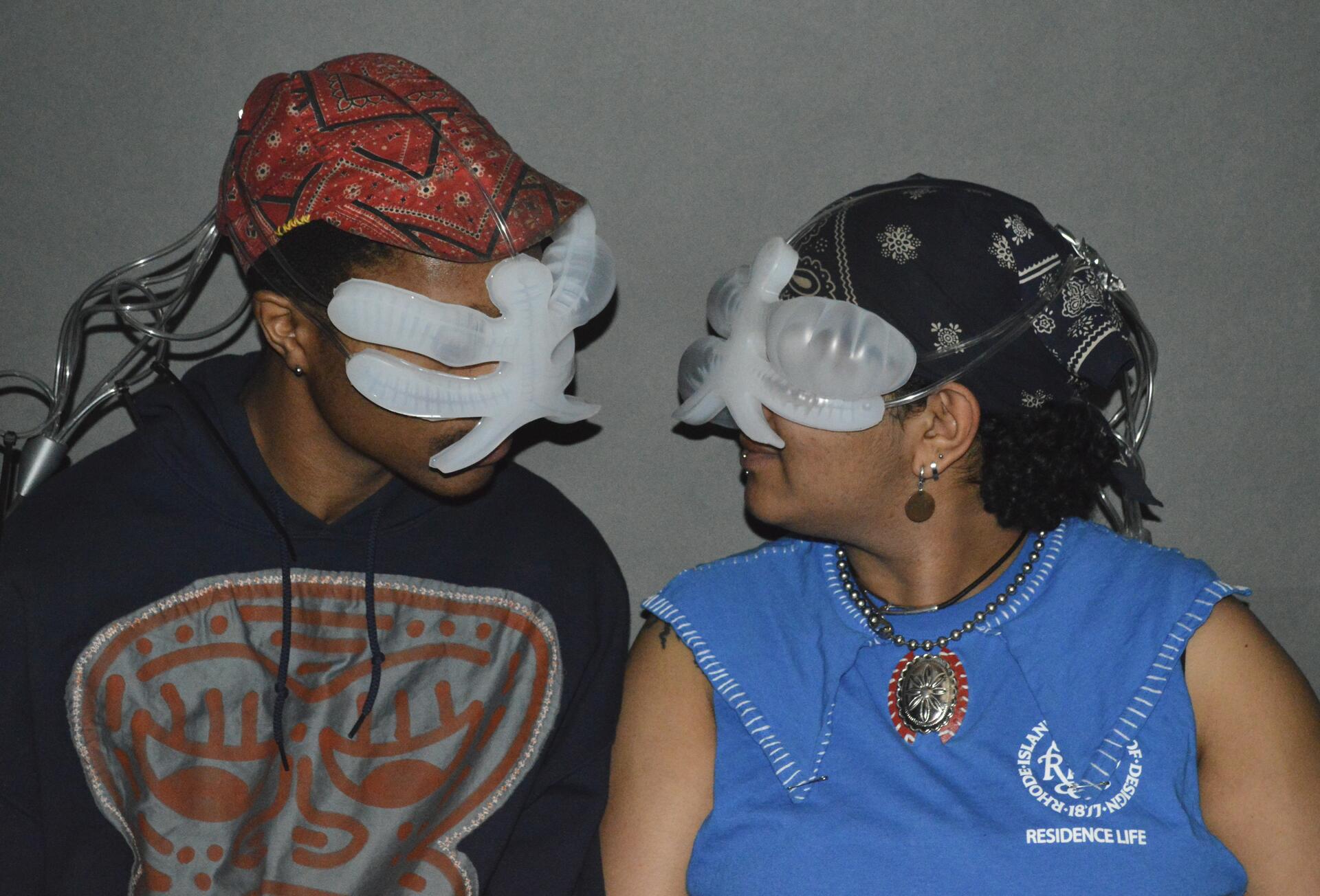
As a species, we all have the same basic emotions, which are happiness, sadness, fear, disgust, and anger. The emotions through evolution, like animals, are there to protect us. As we grow up each of these emotions begins to split and subcategorize into more nuanced emotion. Chimera reflects the five basic emotions by having five separate chambers. Each chamber represents a specific emotion. Creating a new visual and tangible language. Like the primary colors - these primary emotions are the elemental unit of more complex emotions. Since human emotion is nuanced, oftentimes a combination of the basic emotion - multiple chambers may inflate at once. The degree of the augmentations inflation shows the level of the emotional response. This gives chimera the ability to effectively represent your internal state, and allows viewers to accurately engage.
Image
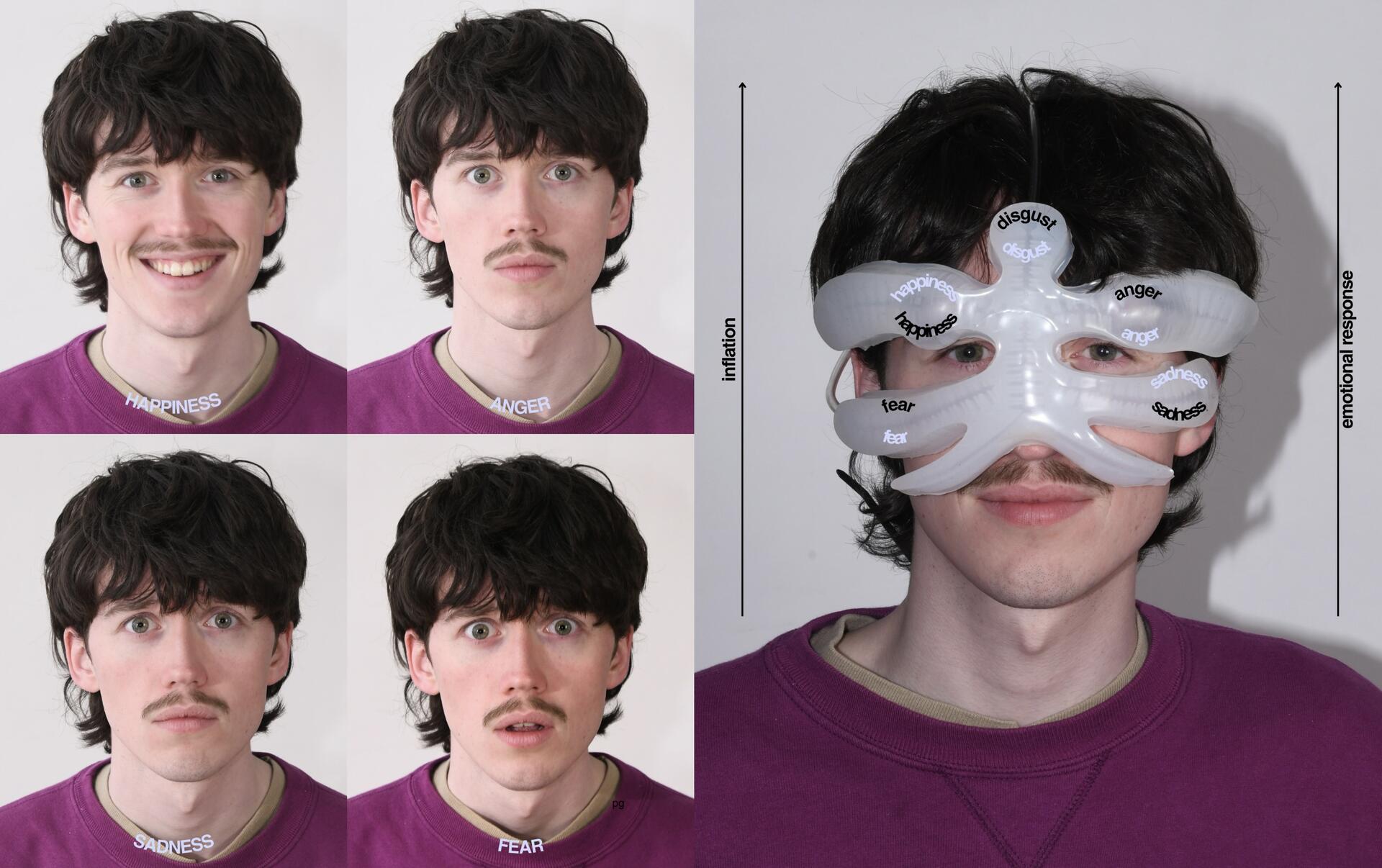
Lorem ipsum dolor sit amet, consectetur adipiscing elit. In venenatis, nisl in pellentesque tempor, purus velit maximus metus, sit amet pharetra est orci mattis nisl. Maecenas id maximus neque, vitae suscipit orci. Mauris consectetur orci magna, non faucibus arcu lobortis non. Integer eu mollis leo. Fusce lectus augue, fringilla vitae.
With chimera I am creating an agitator; something that is atmospheric and causes some form of disruption. I am taking myself out of the notion that I need to produce certain behaviors but rather witness and assess the effects the artifacts have. I have defined an agitator, within the context of my project, as an artifact/s that can cause a disturbance (positive, negative or neutral) within the context it is deployed. In the case of technocene, the agitator is the embodiment of the artifact and the disturbance caused by its existence. It takes something simple like human interaction and bubbles it to the forefront, by overtly changing how we interact with ourselves and those around us. Creating a circumstance that is unimaginable within our current space, thereby using shock, intrigue, curiosity and vulnerability to generate a response.
Image
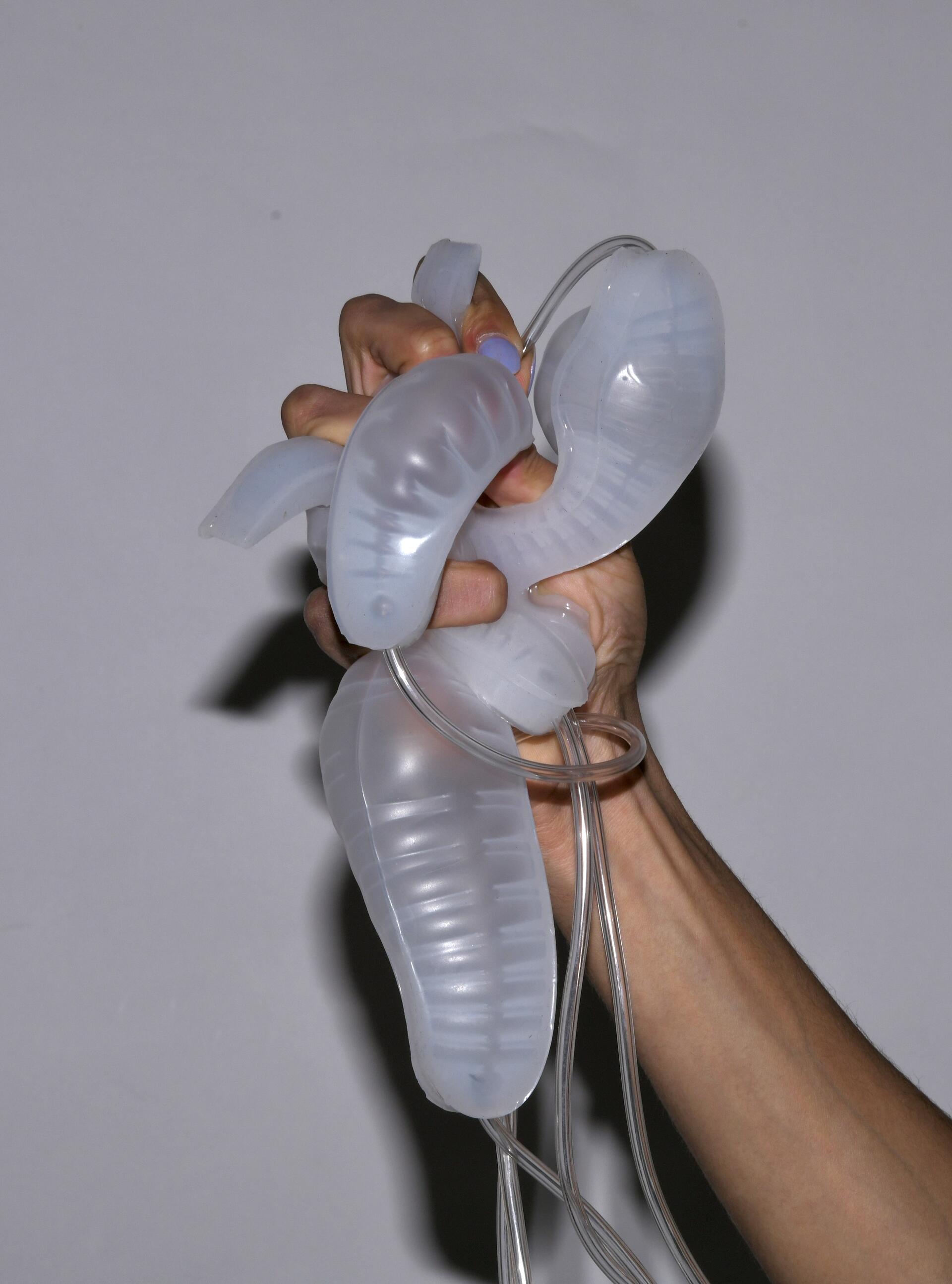
Through this journey, I analyzed how chimera catalyzed interpersonal interactions. Its implementation revealed how people responded to specific scenarios in a one-on-one context. People expressed a sense of comfort and reassurance when augmented, as it acted as an icebreaker, accelerating conversations and resolutions by offering outward indicators of their emotional state. Unexpectedly, I discovered that chimera's reactions, particularly its inflation and ballooning, were humorous to some individuals, thereby diffusing tension within the context. By focusing attention on the person with whom they were interacting, similar to a horse with blinders, chimera facilitated mutual understanding and effective communication within the space it occupied. Chimera’s form affected individuals as well, with some feeling a sense of hiddenness or anonymity that encouraged greater transparency in their conversations and interactions. In essence, the exploration of technocene has revealed the power of vulnerability and communication in fostering meaningful connections among individuals.
Image
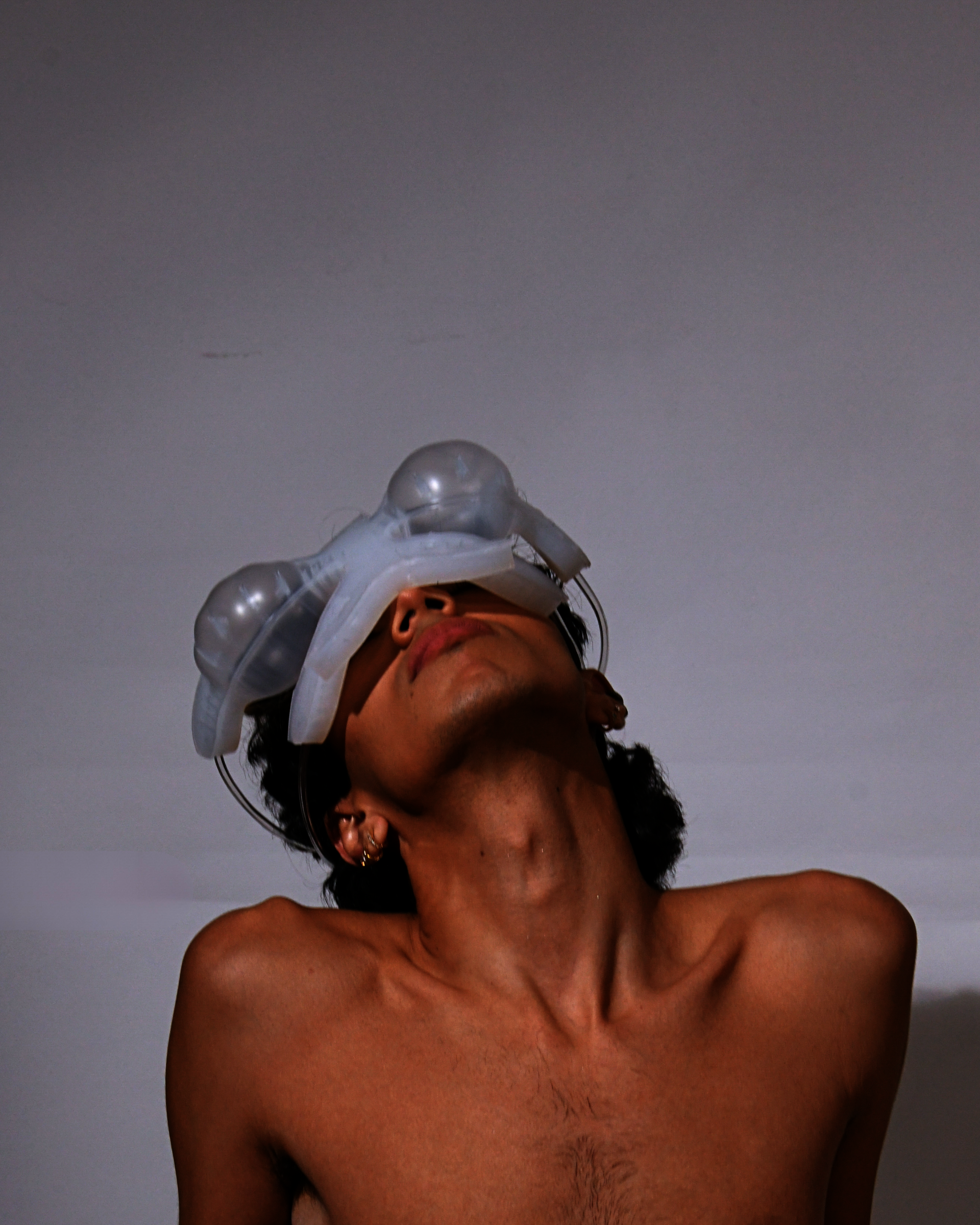
EXHIBITION IMAGES
